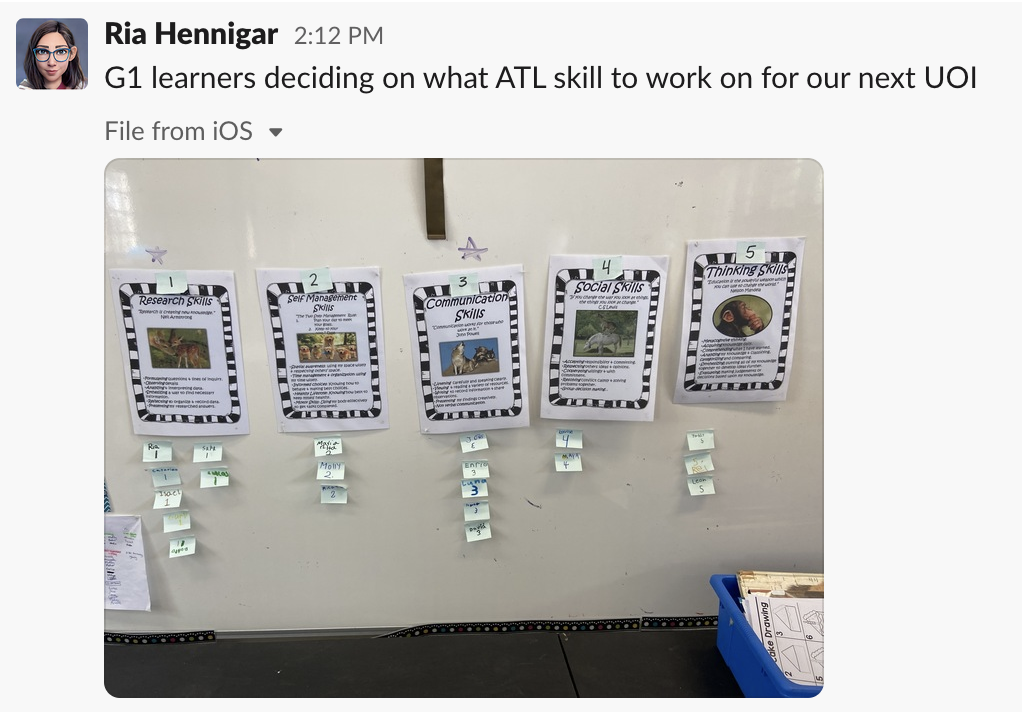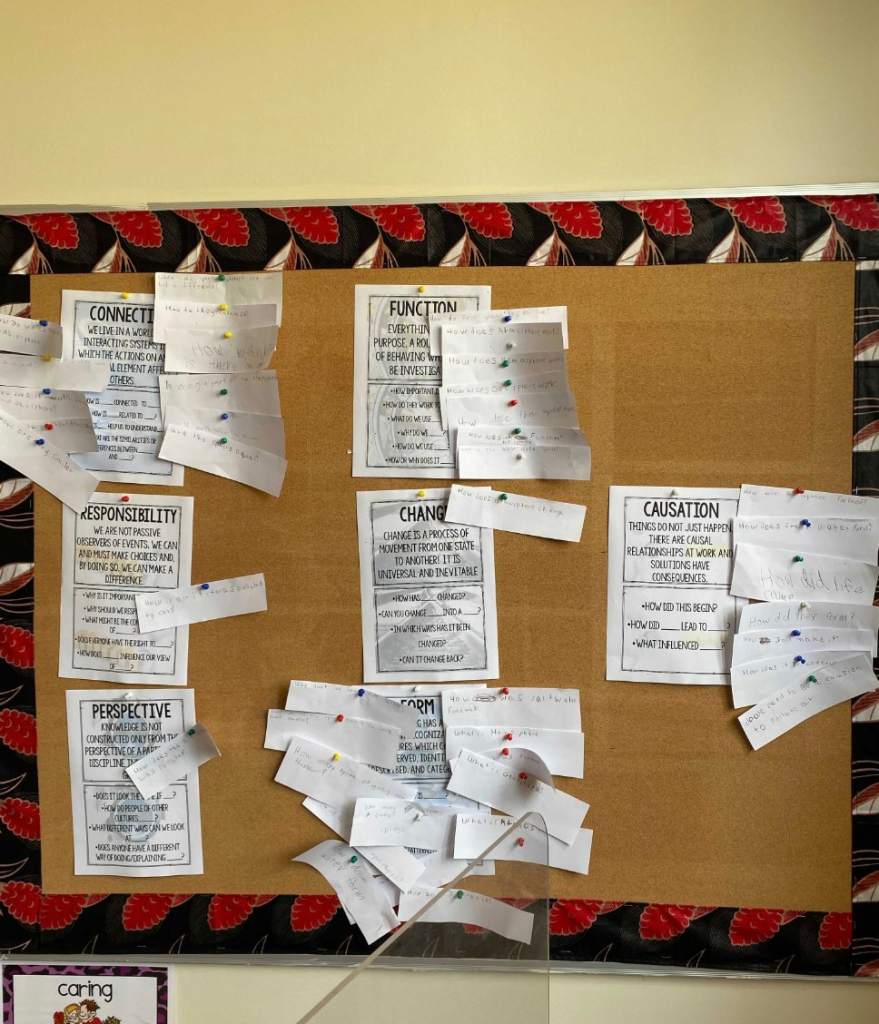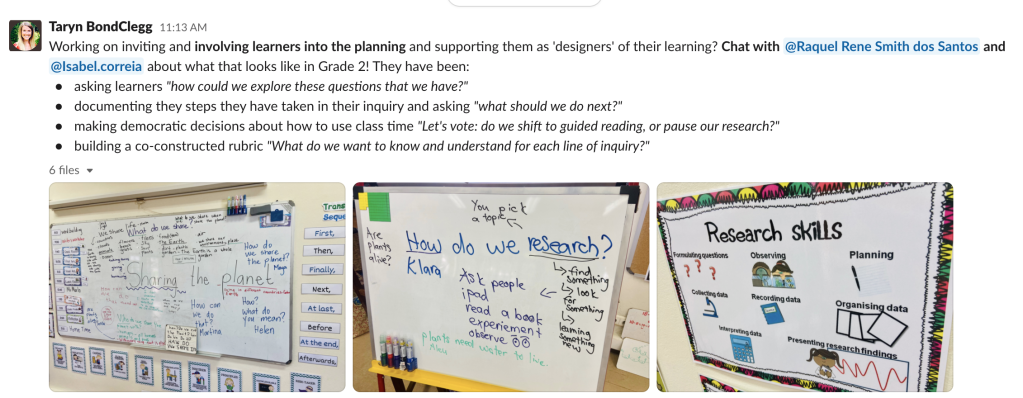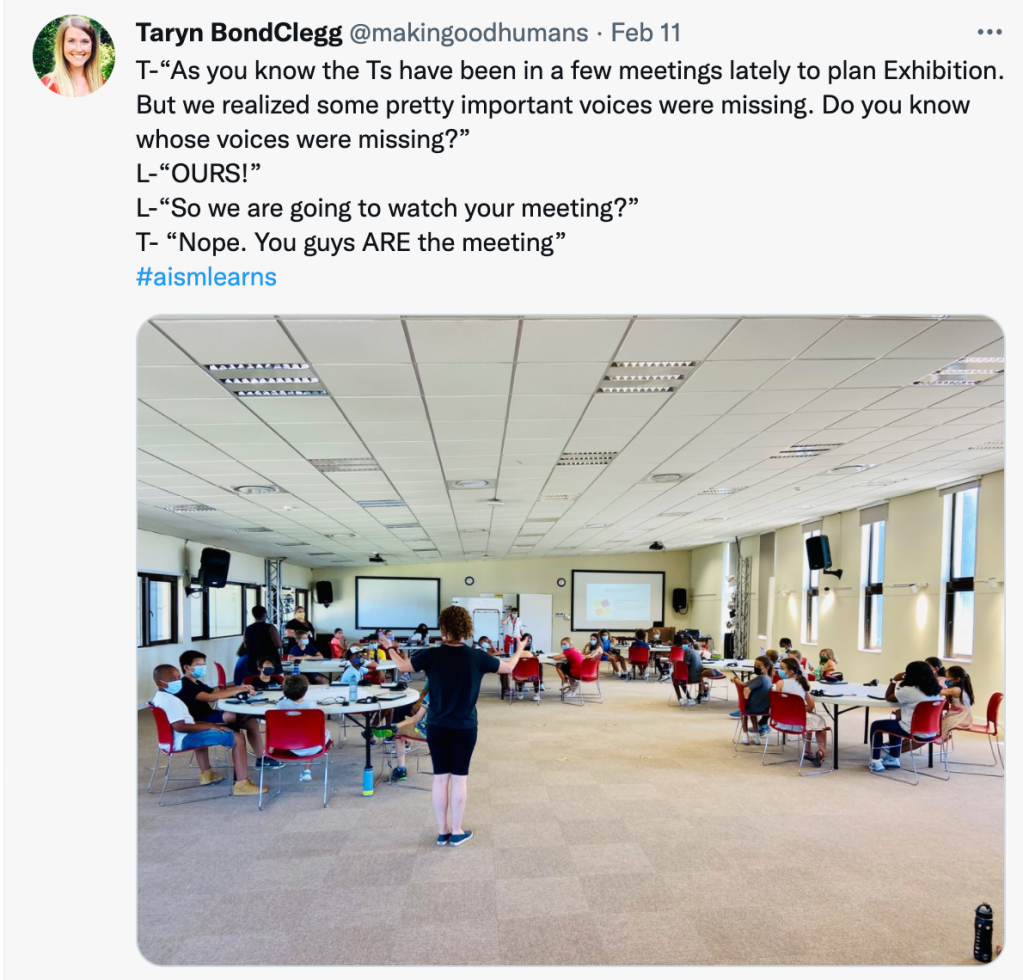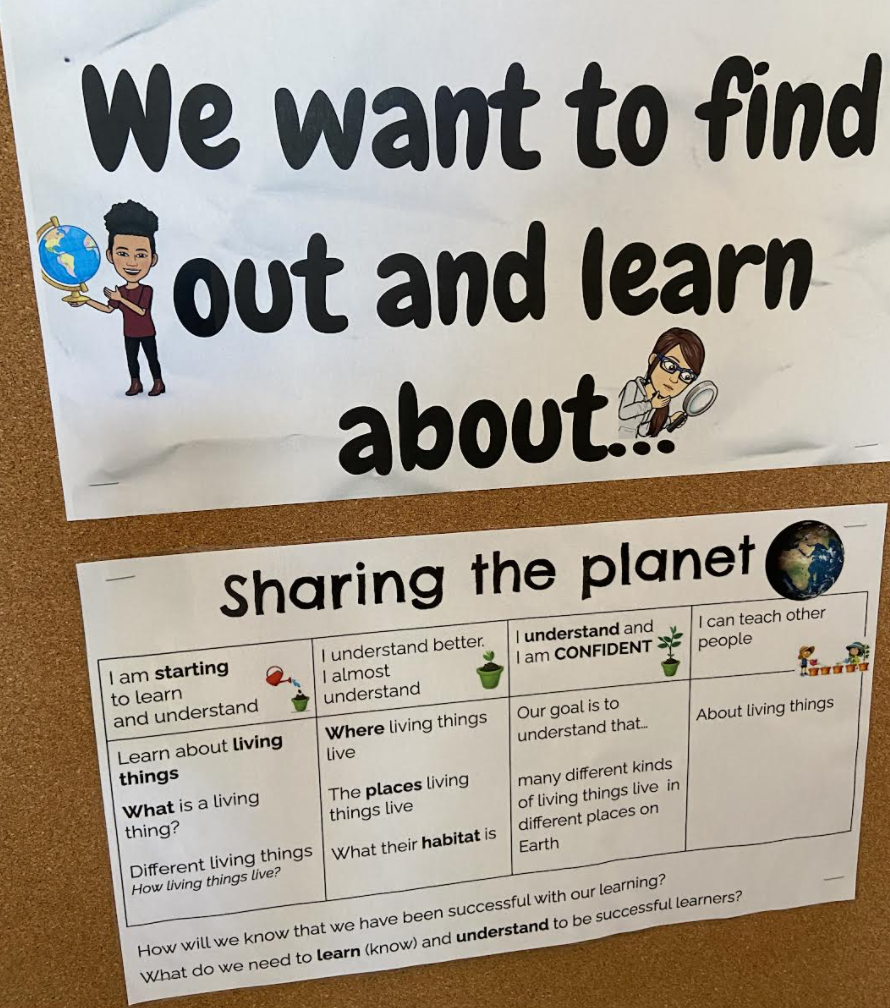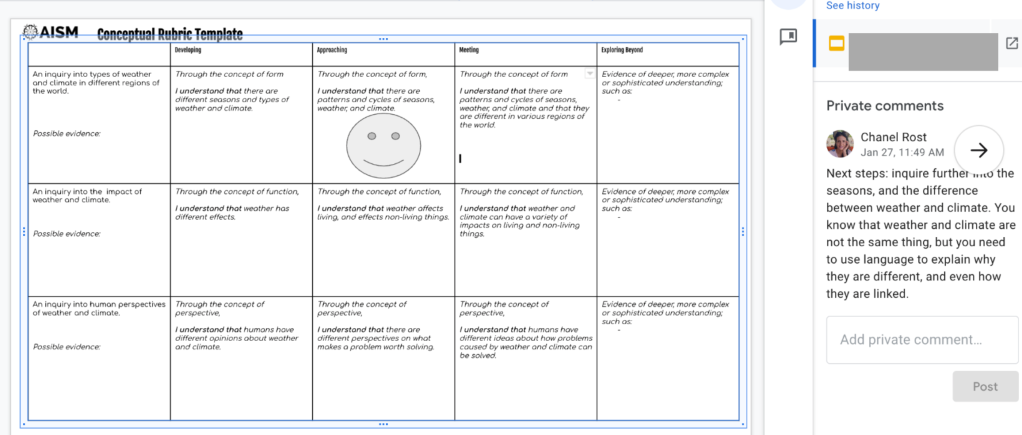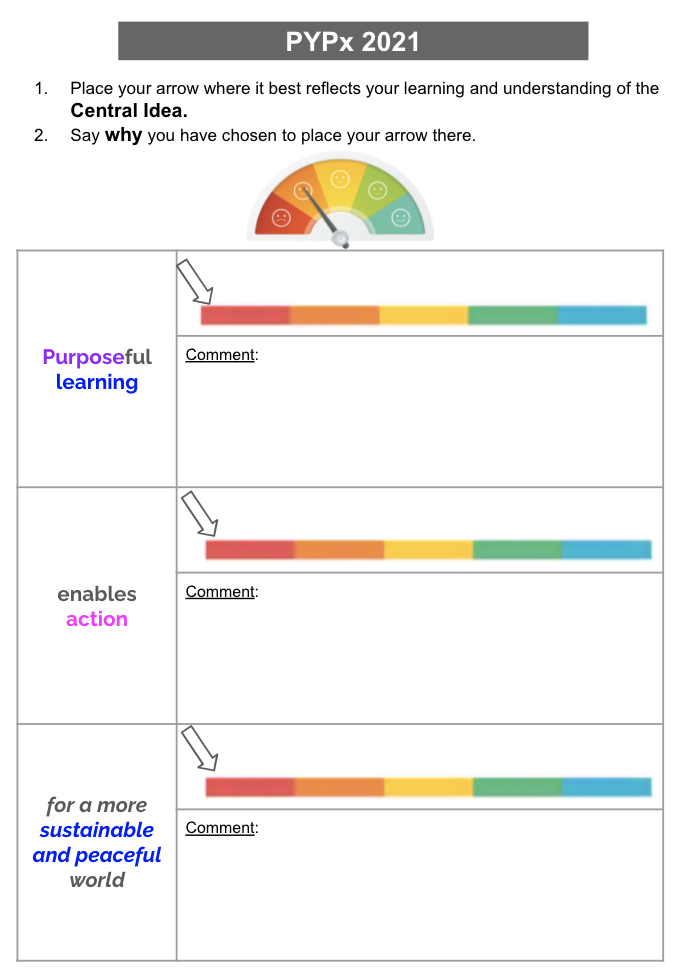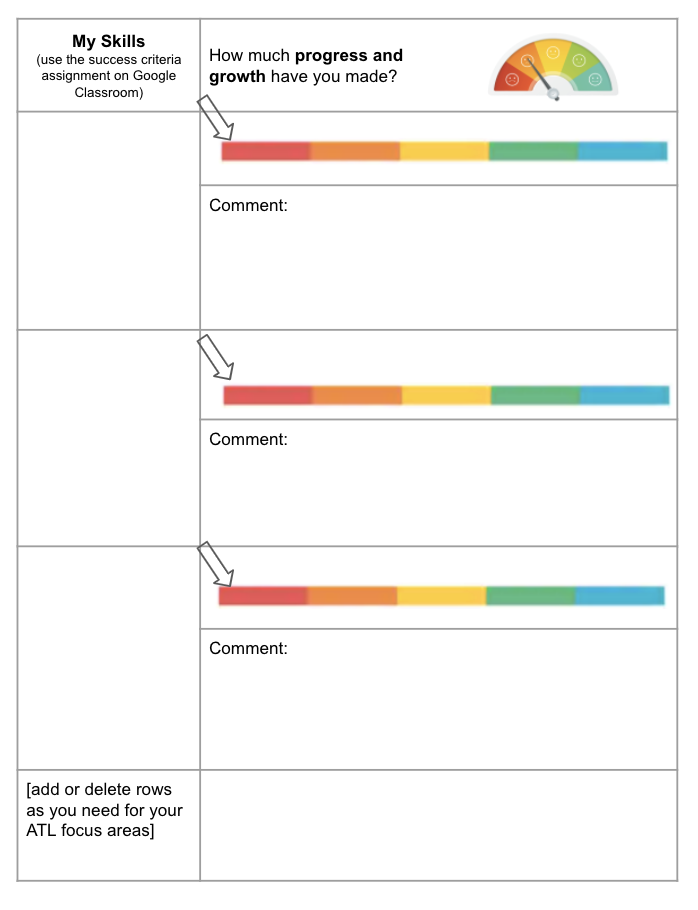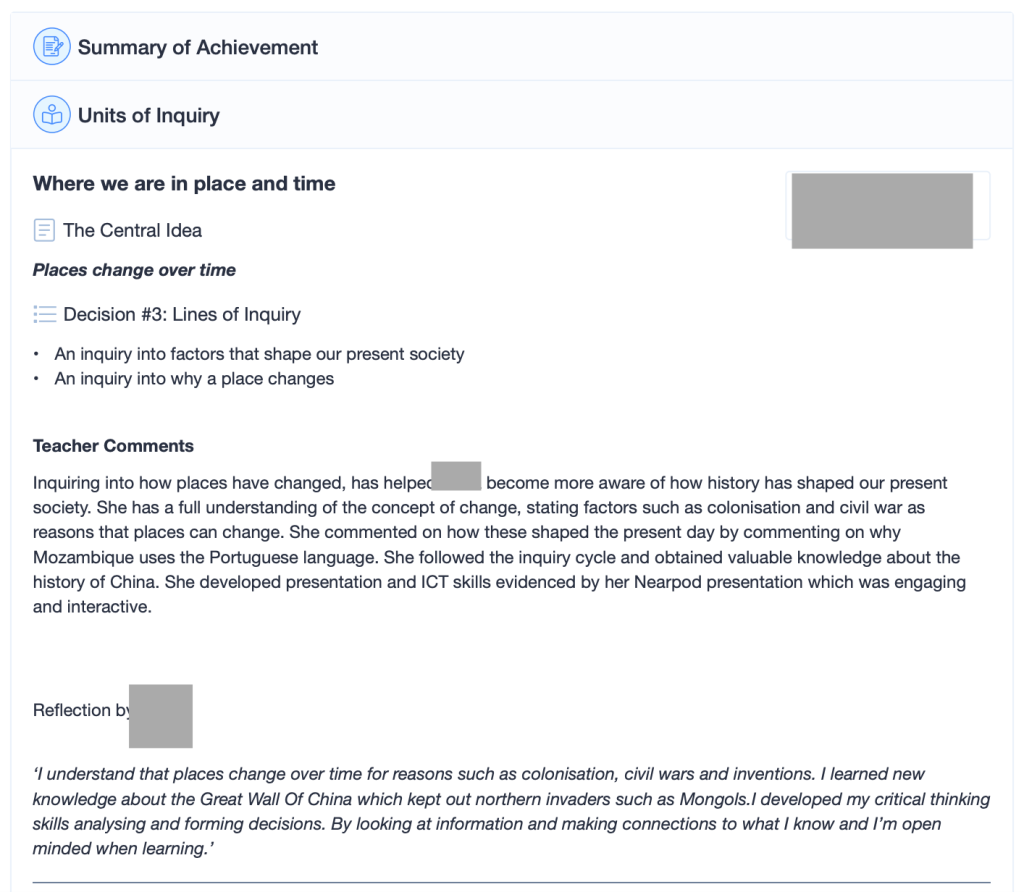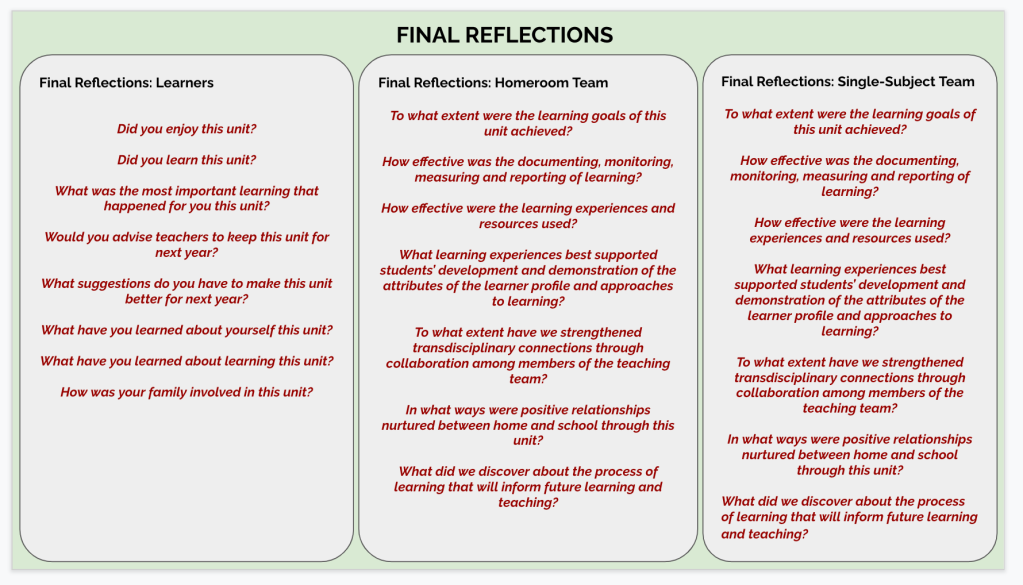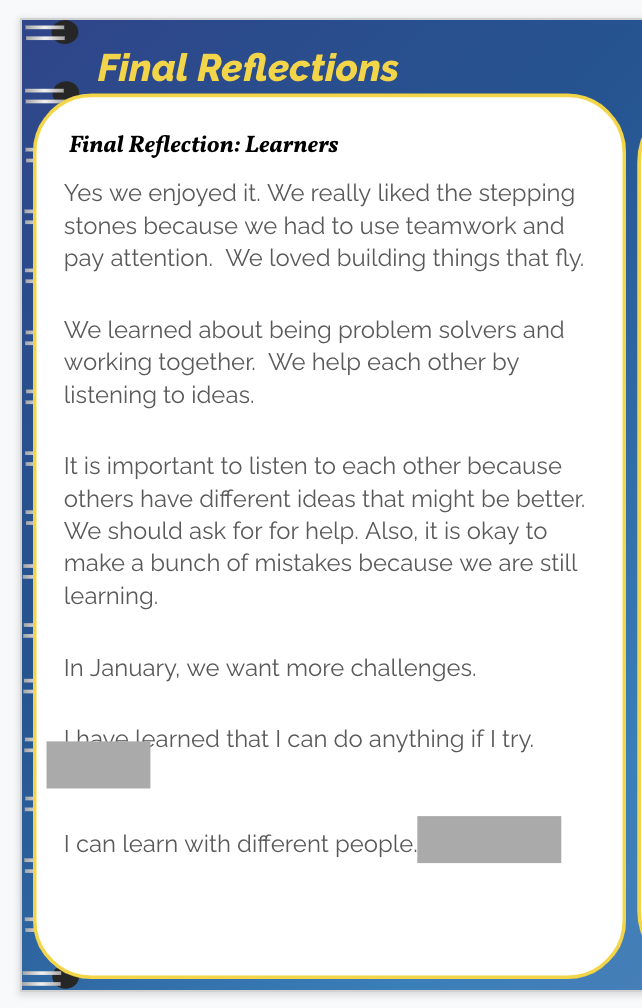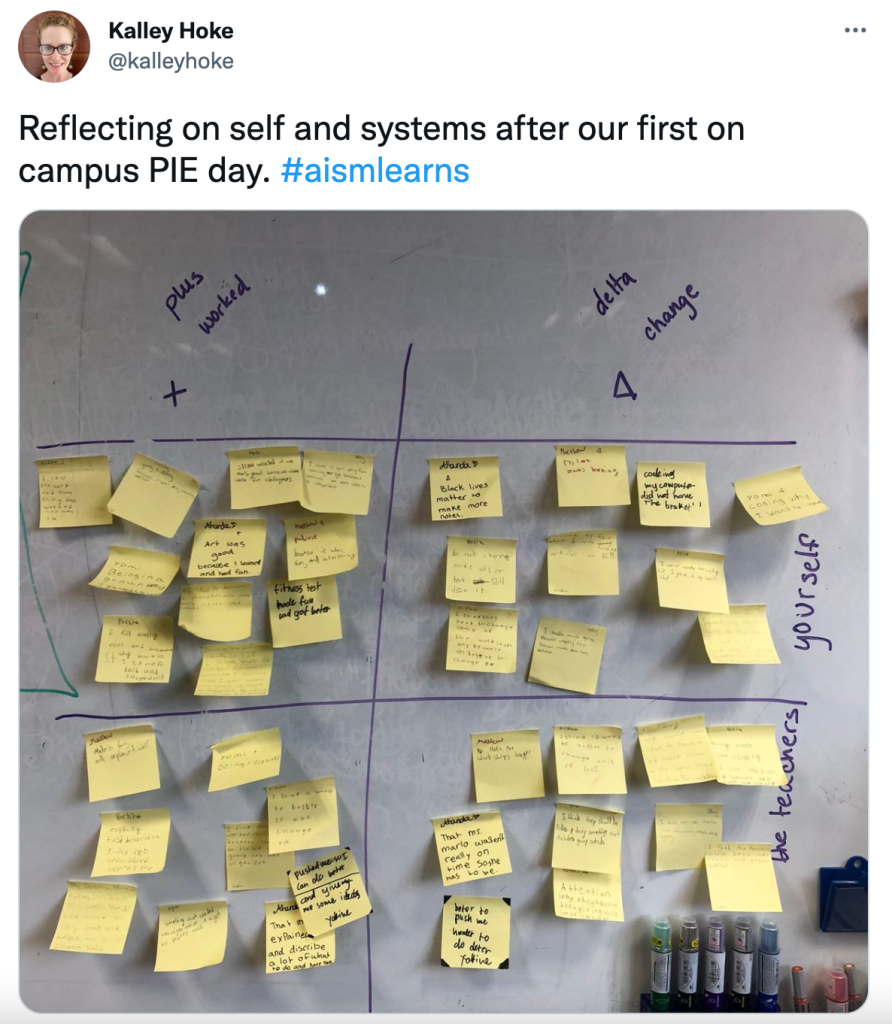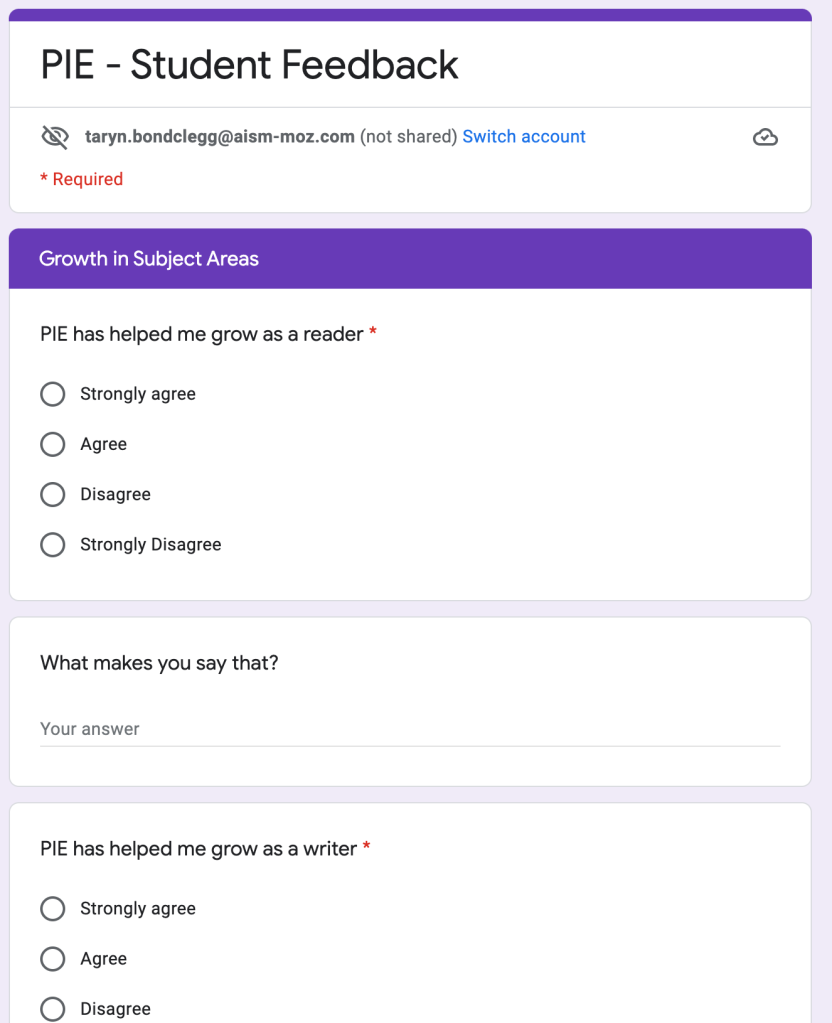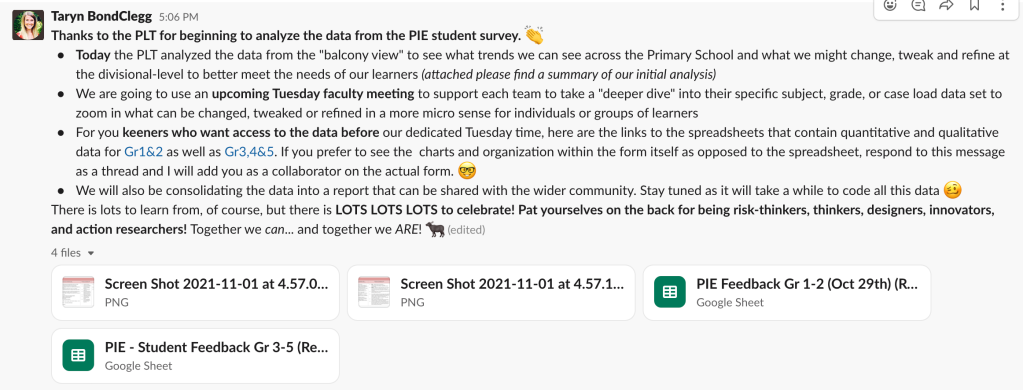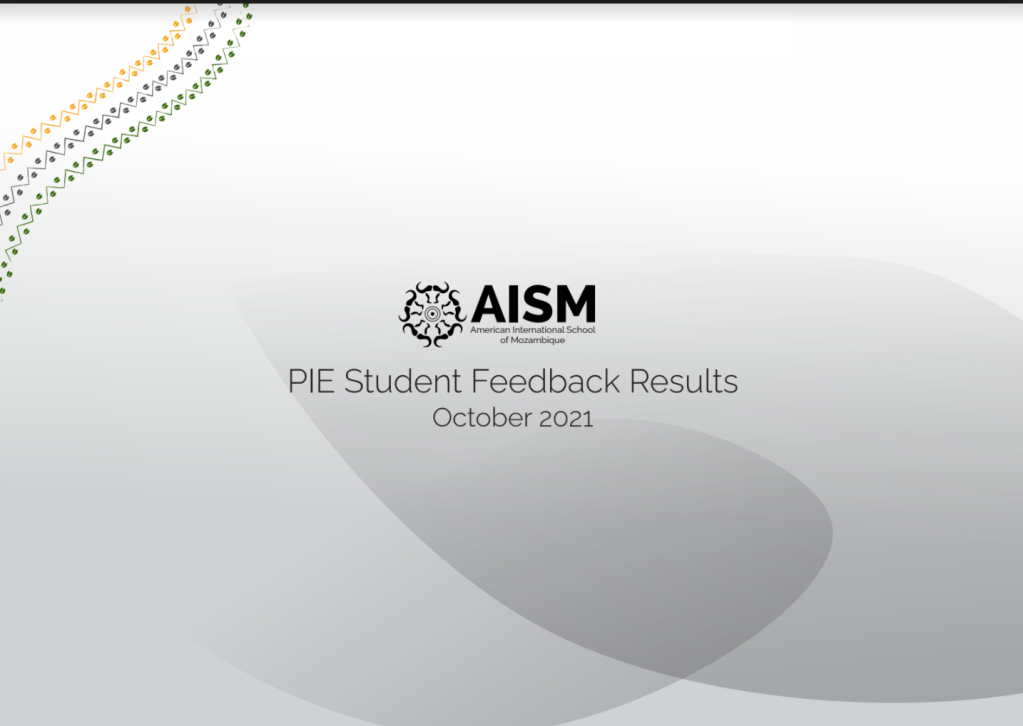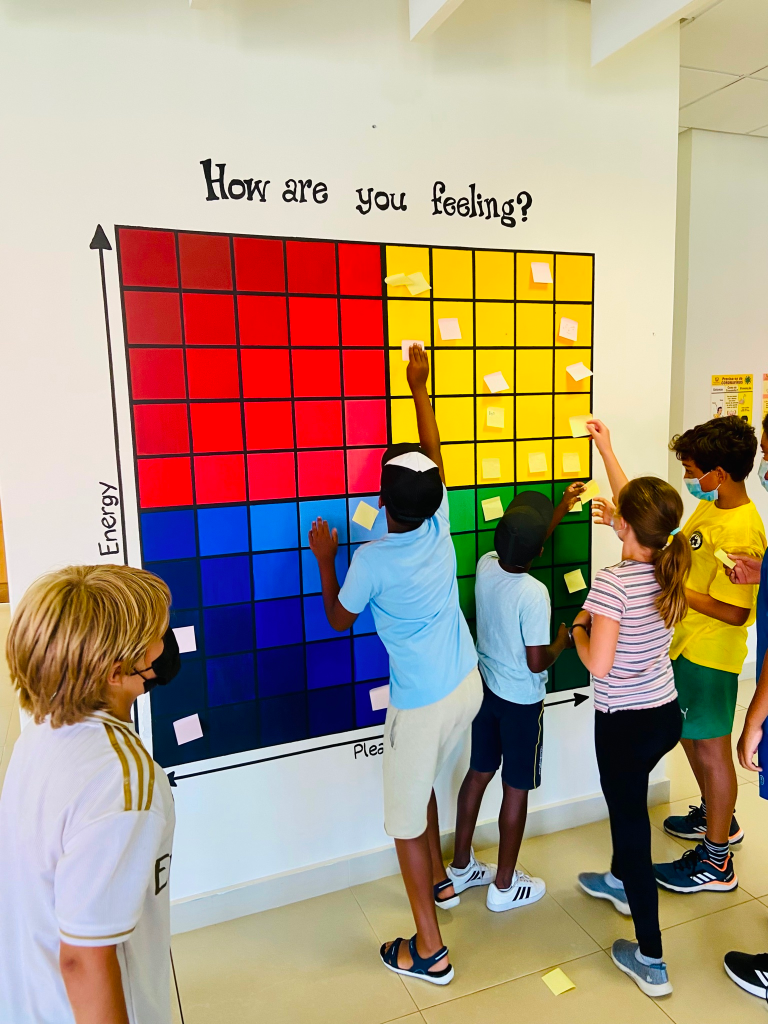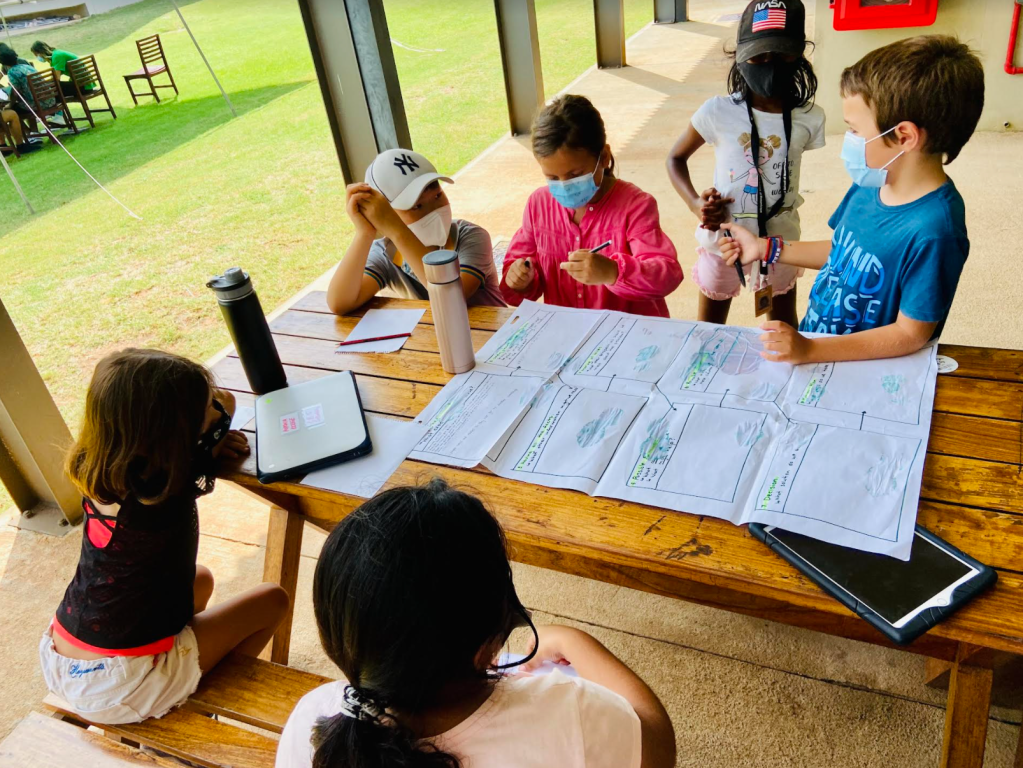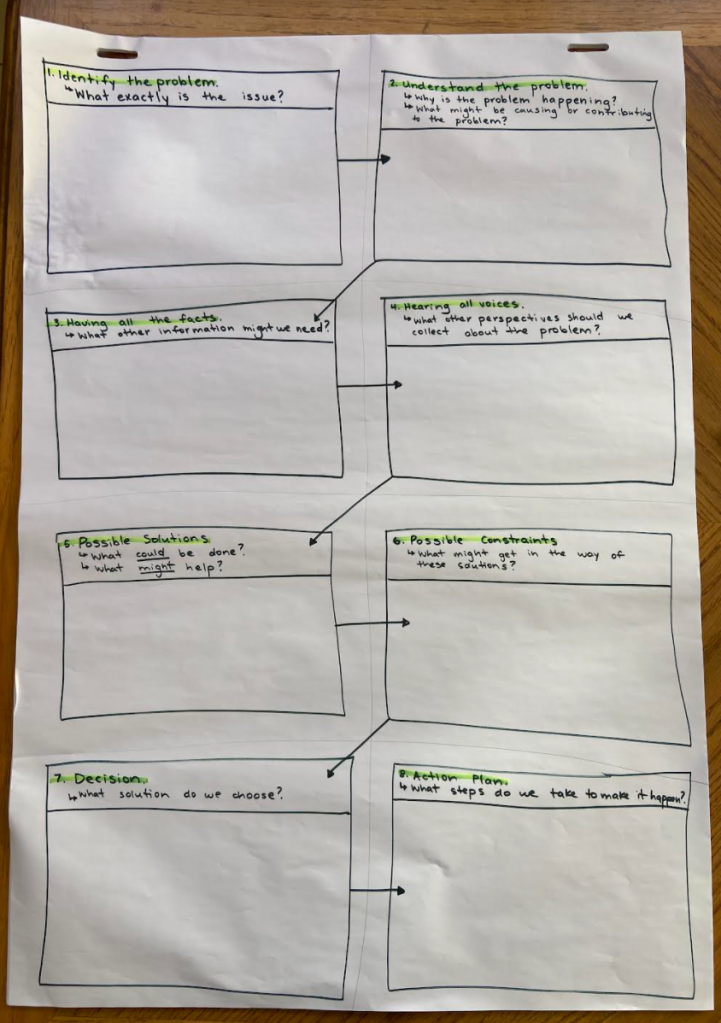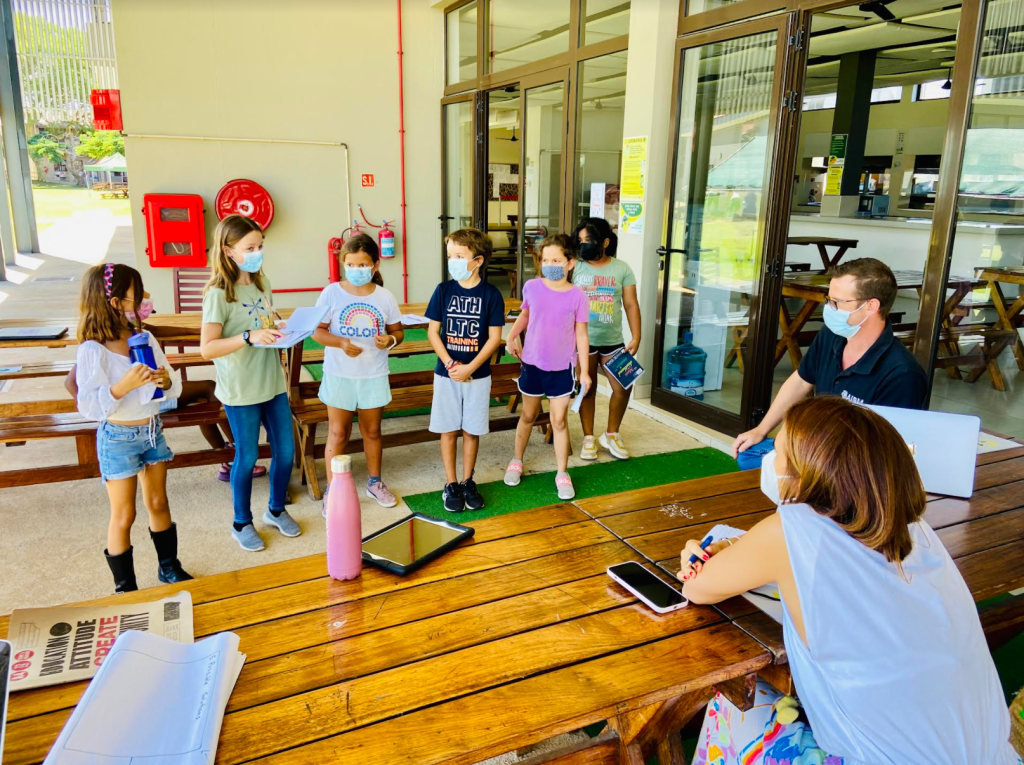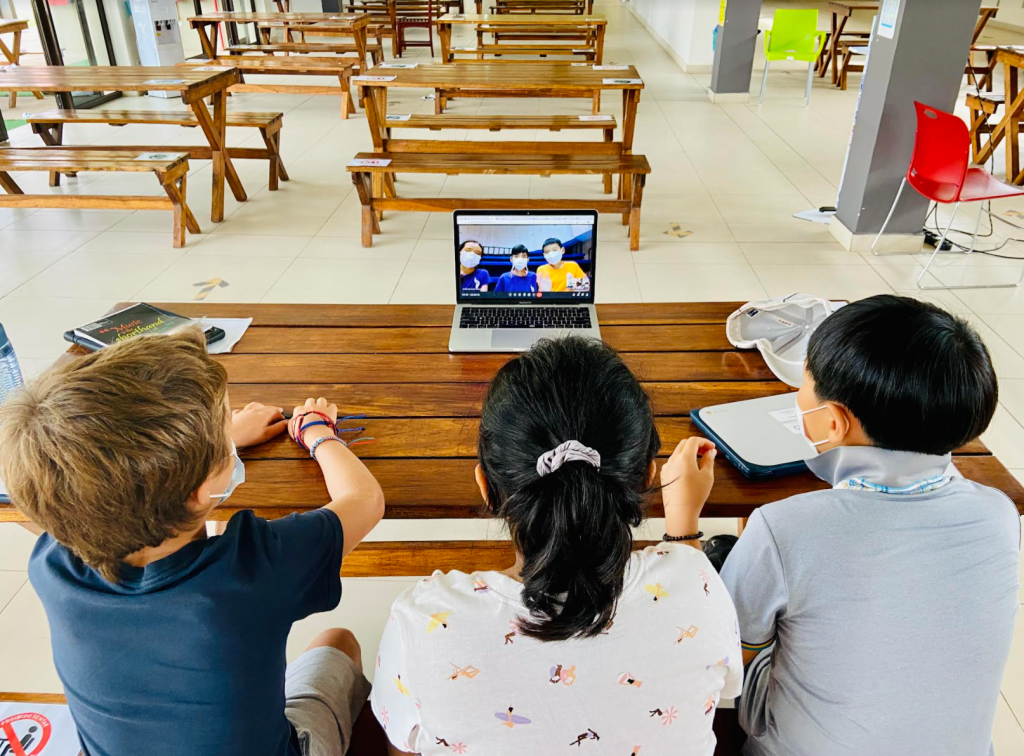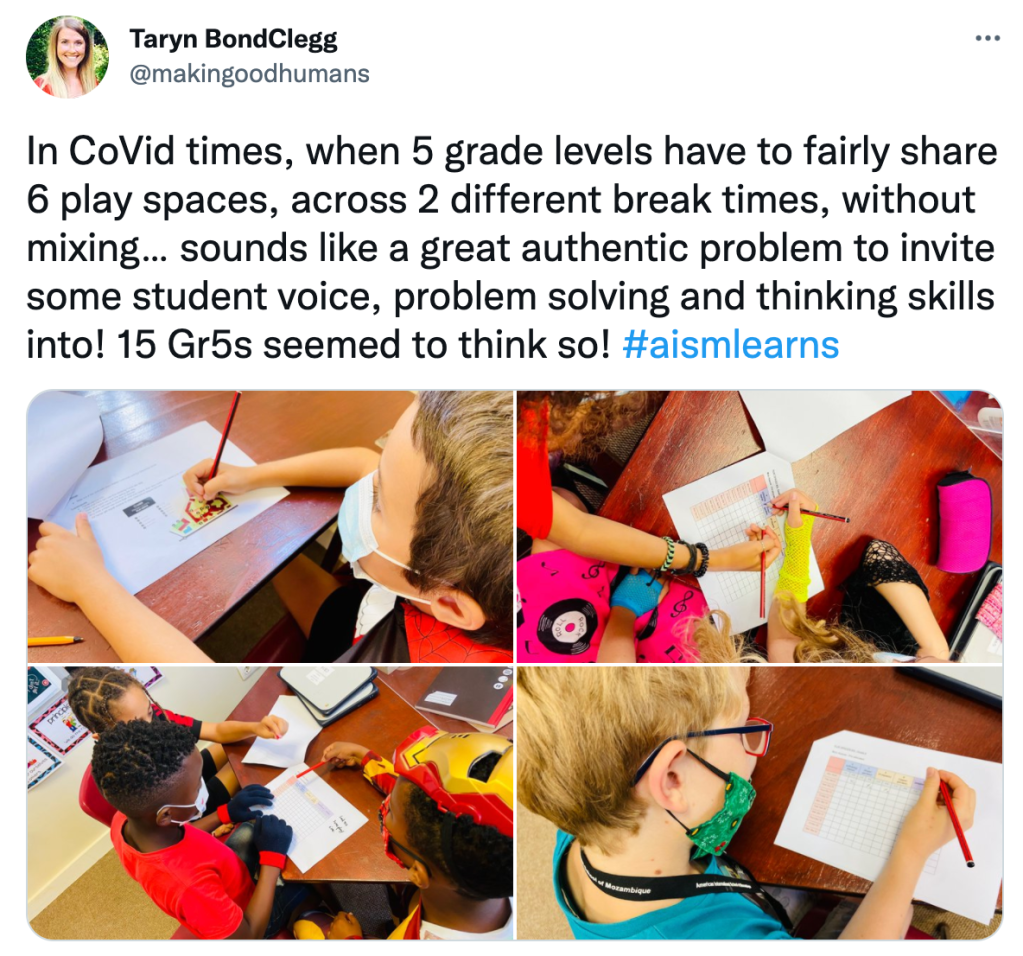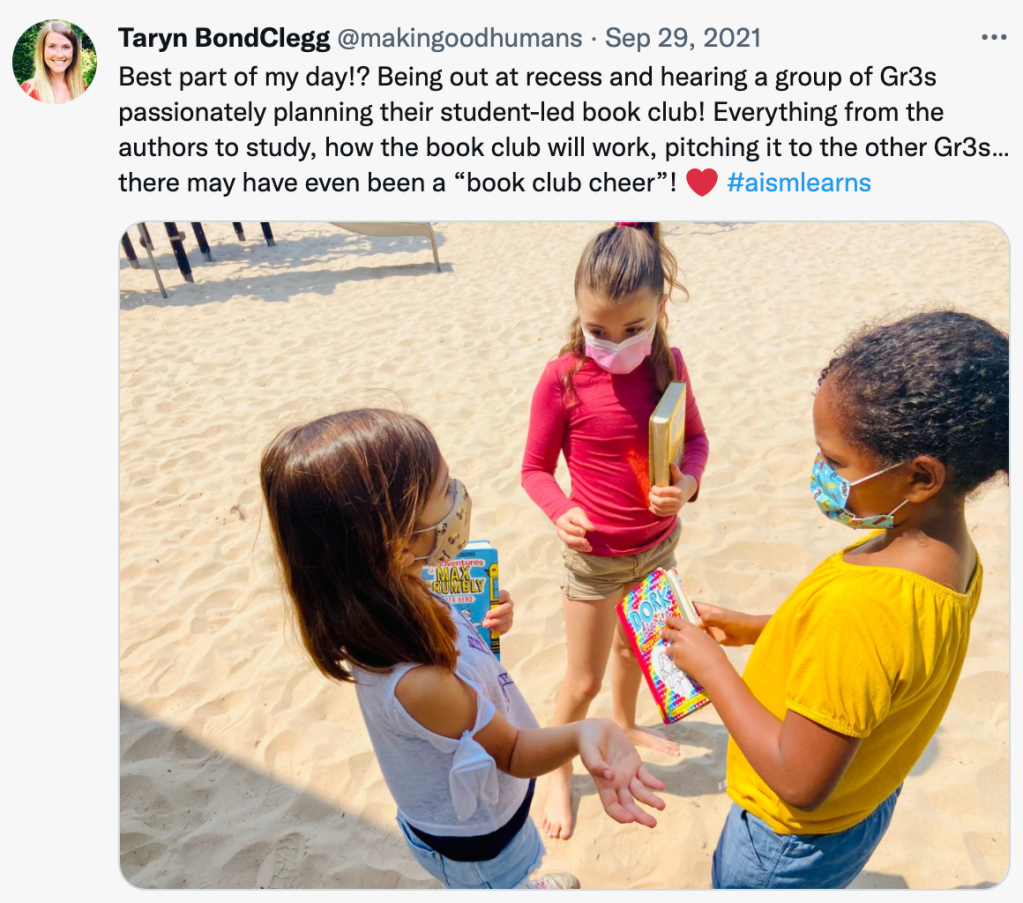I am ten weeks in to being the PYP Coordinator at my new school.
And although I have previously done the role at two other schools, being an incoming coordinator can be tricky. You are coming into an organization that has history, context and a memory; filled with amazing people who are the keepers of the story of the school – where it is coming from, how it got to where it is now and how hard everyone worked to be the school they are today. And at the same time, you are also coming with another group of amazing people from other schools who have been on their own journey – building, developing and strengthening their own programs and practices, moving at all different speeds of growth and progress.
And then you find yourself responsible for supporting both groups at the same time in this same place. Navigating the delicate balance of honouring and acknowledging the history, story and growth of the returning faculty and honouring and acknowledging the experience and ideas that the new faculty bring with them.
There can be the pull of two extremes…. on one side of the spectrum looms the, “that’s they was it is done here”, and on the other side of the spectrum looms the, “at my previous school we …”.
And usually no one is at the extreme end of either side of the spectrum.
But usually everyone is somewhere along that spectrum, to differing degrees. (Myself included, I’m sure!)
So this year, I am committed to trying. Trying to understand each individual. Trying to understand the school’s history. Trying to understand the local context. Trying to understand the culture and climate that underpin everything. Trying to understand how it all comes together as one very complex, very interconnected ecosystem.
To support me in this pursuit I came up with some goals and shared them with the full faculty at the beginning of the year to help them understand the approach I would be taking as an incoming PYP Coordinator. I keep these goals as the first page of my notebook so I can refer to them and reflect on them each day.
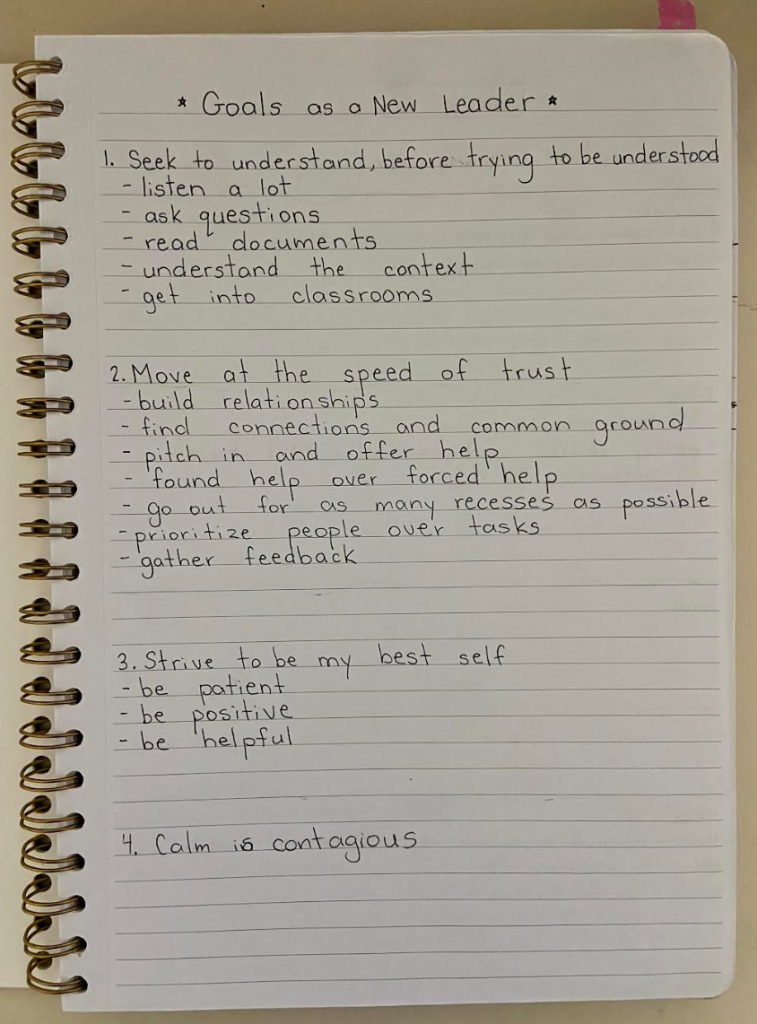
I also developed my own Unit of Inquiry to guide my learning journey.
Function – How does the PYP work here? What are the systems, structures, processes, tools, procedures, practices, norms, and expectations currently in place?
Causation – Why is it the way it is? What has been tried in the past? What has been recently changed? Why? What are the reasons behind the decisions that put the current systems, structures, processes, tools, procedures, practices, norms, and expectations in place?
Perspective – What are the different points of view and opinions about how the PYP works here? What do long standing faculty think and feel? What do the new faculty think and feel? What do the students think and feel? What do the parents think and feel? What do long standing leaders think and feel? What do new leaders think and feel? What does the IB evaluation team think and feel?
And last but not least… but also certainly not first…
Change – What changes can we make together that will be sustainable and enduring? How can we harness change management, organizational coherence, getting everyone on board, building consensus and shared decision making to get where we want to be?
And my central idea? Well, I don’t have one yet. I want to spend my first year here exploring these Lines of Inquiry and then, after a lot of learning, and reflection (and likely making mistakes along the way!), I hope to build a conceptual understanding that captures the big idea of how to navigate a first year as an incoming PYP Coordinator.
Wish me luck!
… and also share your story and your strategies!
How have you found your footing as an incoming PYPC at a new school?
How have you found ways to honour and understand the history and growth of the new school you are joining?
How have you found ways to support incoming faculty to share their experiences from previous schools with new colleagues?
How have you found ways to support new faculty to understand the history and growth of the new school they have joined?
How have you found ways to support returning faculty to welcome and consider incoming faculty’s experiences from previous schools?
What would your central idea for that experience be?

